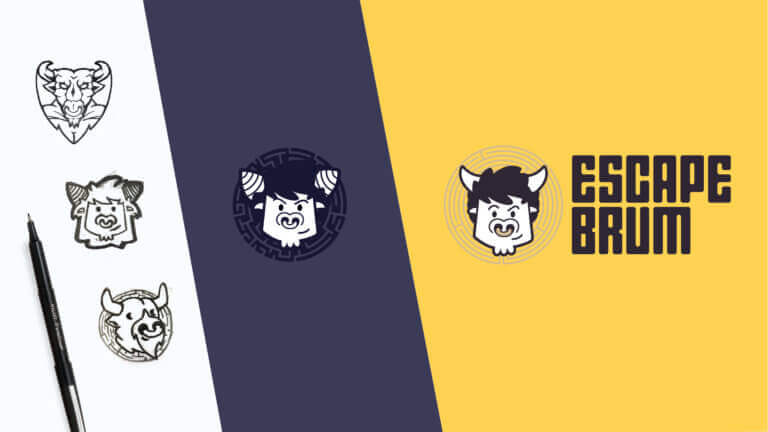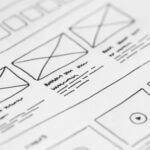We all know that logos matter: at their best, they are an instantly recognisable motif – a short-hand for your company, its products and values. They’re invaluable calling cards, and often central to a marketing strategy.
Something so important, of course, doesn’t happen by accident. Distilling an organisation’s brand into a single graphical element takes a lot of thought, a dash of creativity and a good deal of graft.
From a designer’s perspective, nothing is more important to this process than a good brief.
Providing a designer with a clear roadmap for a project keeps everyone on track. A good brief ensures that everyone understands the goals of a project – and that they will be reached more quickly.
But what does a good logo brief look like? In our experience, it should have five key components.
1. Clarity about the business.
Because the best logos express the essential elements of the organisations they represent, we’re always happy when a client goes into some detail about themselves.
A good logo brief covers the products and services a logo should help sell, the unique selling points of the organisation, and its brand values or history. We always appreciate a bit of deep background about the sector in which a client operates, too. A good logo is built on a strong foundation of understanding – the brief is where to build this.
2. Awareness of concept.
Not every client has a clear idea of what their logo should look like. That’s fine – it’s what designers are for!
But many – if not most – also have a sense of what they think works in a logo, or a list of competitor logos that they like (and another list of ones they don’t!). These sorts of preference may seem vague, but they’re critically important: if we can read in a brief that a client prefers softer lines to harder, or shapes to illustrations, we can get a head-start on their preferences … and design their ideal logo more quickly.

3. Clear visual preferences.
Once we have a sense of what a client tends to like, we can drill down to specifics – typefaces and colourways, most particularly.
Serif fonts give a different impression to sans serif fonts. Red logos will have a difference effect to blue ones. The best briefs pay close attention to these questions – what sorts of font seem most appropriate to a brand, and what sort of colours? There are websites online – Font Squirrel, for instance – that allow users to browse through thousands of choices. Narrowing down these many options from day one can really help power a project forwards.
4. Consideration of ultimate usage.
Where is the logo eventually going to appear? What specific applications will it be required to fulfil? Considering how a logo will be deployed enables a designer to ensure it will be fit for purpose.
Layout, sizing, level of detail – all these elements and more are highly dependent on the intended function of a logo. Will it appear as a letterhead, or on labels? On huge billboards or tiny stamps? Understanding a logo’s purpose is crucial to achieving, by the design process’s final stages, an ident that is future-proof and perfect.

5. Knowledge of the audience.
This one is hard to emphasise enough. In any design project, having as full an apprehension as possible of your target audience is a make-or-break factor.
To whom should a logo be appealing? Consider profiling your customer-base: are they male or female, younger or older? What are their interests? What do they dislike? A clear vision of the intended audience enables a designer to craft something specifically calibrated to convert leads into customers. There’s no replacement for this kind of market intelligence.
Equally, and as this post hopefully demonstrates, there is no replacement for a good brief! The good news is that, by incorporating all of the above into a project’s foundational document, it’s possible to get a head-start on achieving a logo that will prove a profitable asset for years to come.







